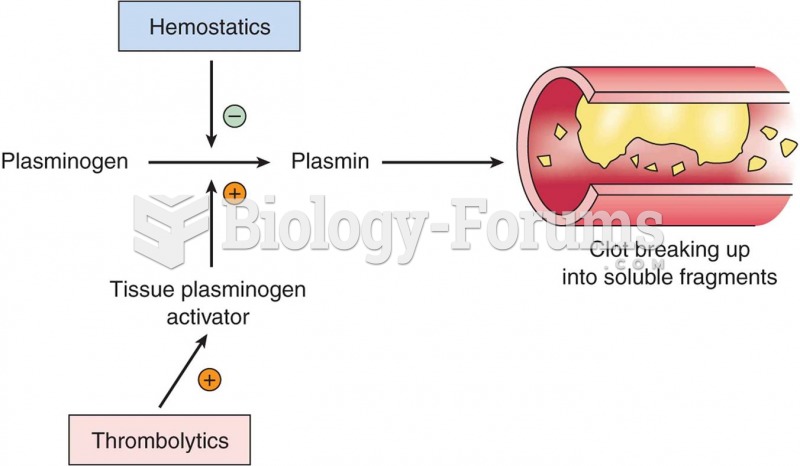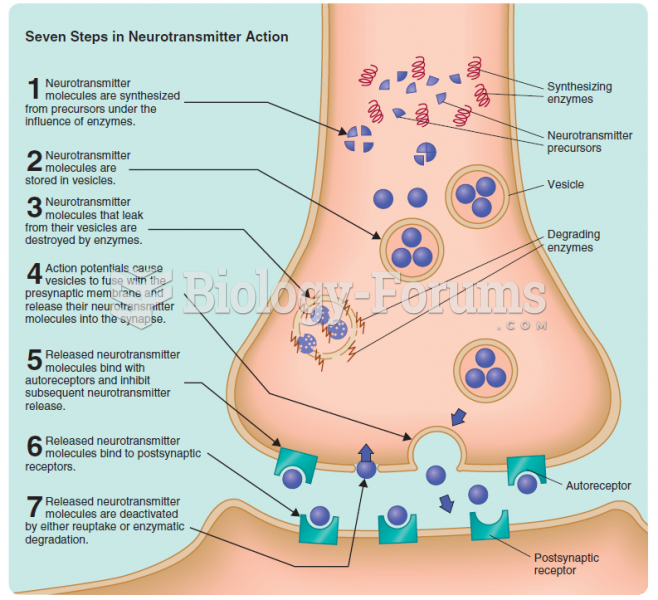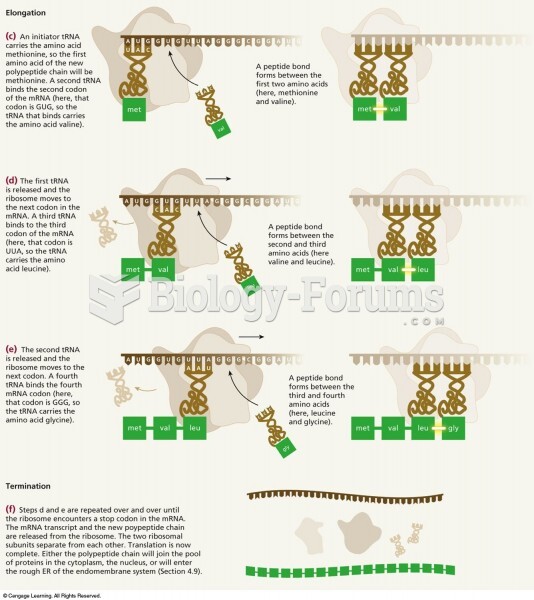Answer to Question 1
Store gluten-containing and gluten-free foods in separate areas
Use separate gluten-free labeled equipment (e.g. toaster)
Prepare gluten-free foods first (e.g. boil gluten-free pasta first)
When going to restaurants, do your research and ask the waiting staff about how the food is prepared and if any sources of gluten are involved. Ask to speak with the chef/manager if necessary.
Environmental sources of gluten can occur when crumbs or remnants of gluten-containing food products contaminate gluten-free food
Gluten may be in medications (e.g. excipients/fillers)
Answer to Question 2
There are many changes in the metabolism of carbohydrate, proteins, and lipids during metabolic stress. Carbohydrate metabolism is affected by the increase in proinflammatory hormones, an increase in catabolic hormones (glucagon, catecholamines, and cortisol), and an increase in glucose availability due to the flight or flight response, resulting in increases glycogenolysis and gluconeogenesis. All of these processes result in hyperglycemia .Alternate pathways are activated to meet the increased glucose needs, such as the Cori cycle in the liver (results in an increase in lactate), the glucose-alanine cycle in the liver (increased demand for glutamine), and the glutamine cycle in the kidneys (results in a depletion of muscle glutamine). The alterations in carbohydrate metabolism listed above result in an increase in the catabolism of visceral and skeletal muscle stores.. Protein catabolism and decreased protein synthesis along with a diminished uptake of amino acids by muscles, and an increase in synthesis of acute-phase proteins as a result of hepatic reprioritization and decreased negative acute-phase protein synthesis. Uric acid, urea production, creatinine, and ammonia also increase as the byproduct of increased use of protein as an energy source, leading to protein wasting and an increase in nitrogen losses. Finally, alterations of lipid metabolism result in increased lipolysis for energy due to the increase in epinephrine, norepinephrine, and glucagon; impaired intracellular lipid transport as a result of an abnormal carnitine carrier with the inflammatory response; and an accumulation of lactate and pyruvate with the increased glucose metabolism. Due to the impaired transport and circulation of triglycerides within the liver, hyperlipidemia and fatty liver can result. Because of the risk for severe malnutrition with a prolonged metabolic stress response, it is important to meet the patient's nutritional needs as soon as possible and as accurately as possible.






